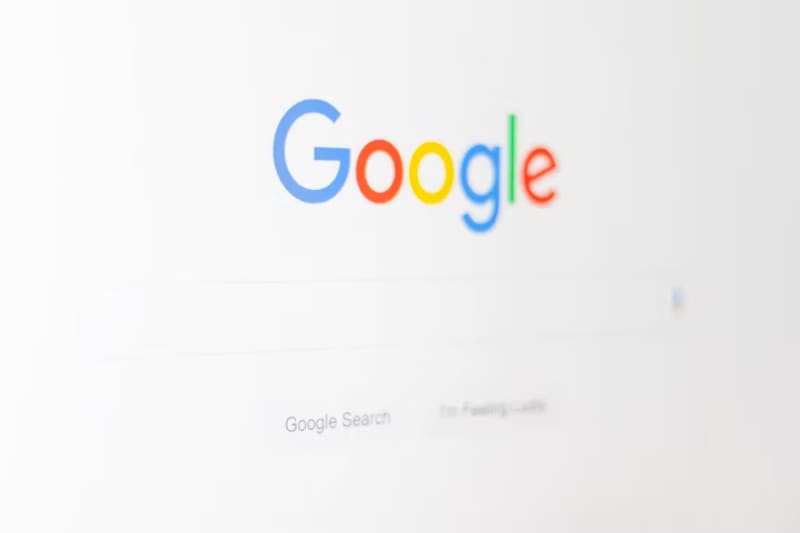Maintaining your WordPress website is crucial for its performance, security, and overall success. Neglecting routine maintenance tasks can lead to issues such as slow loading times, security vulnerabilities, and even a loss of visitors. Ensure your WordPress site remains in top shape by prioritizing regular maintenance and using must-have tools for website owners. This article will explore six crucial WordPress website maintenance tasks you shouldn’t ignore. You can enhance your site’s performance, security, and user experience by implementing these tasks and leveraging the right tools.
The Downsides of Improper Maintenance
Improper WordPress website maintenance can have significant downsides that can negatively impact your online presence. Firstly, neglecting routine maintenance tasks can lead to slow loading times, causing visitors to become frustrated and leave your site. That can result in a loss of potential customers and decreased engagement. Secondly, outdated WordPress core files, themes, and plugins can create security vulnerabilities, exposing your site to hacking attempts and data breaches. Such incidents can damage your reputation and lead to a loss of trust from your audience. Additionally, you risk losing critical data and content without regular backups in case of website crashes or accidental deletions. Furthermore, every web developer should know that failing to monitor and optimize your site’s performance can result in poor user experience. That, in turn, leads to high bounce rates and reduced search engine rankings.
The Essential WordPress Website Maintenance Tasks
No. 1 Regular Backups
Performing regular backups is one of the most critical WordPress maintenance tasks. Backing up your website ensures you have a copy of all your essential data in case of unforeseen issues or disasters. Various methods to back up your WordPress site include manual backups using FTP and database backups through cPanel or web hosts. Alternatively, you can leverage plugins like UpdraftPlus or BackupBuddy to simplify the backup process. Schedule automated backups at regular intervals to ensure your data is protected consistently.
No. 2 Keeping WordPress Core, Themes, and Plugins Updated
Updating the WordPress core, themes, and plugins is crucial for maintaining the security and functionality of your website. Developers release regular updates to patch vulnerabilities, fix bugs, and introduce new features. Neglecting these updates can leave your site vulnerable to hacking attempts and cause compatibility issues. Set a reminder to check for updates regularly and install them promptly. Before updating, create a backup to restore your site in case of unexpected issues. Additionally, consider removing outdated or unused plugins to optimize your website’s performance.
No. 3 Putting Your WordPress Site in Maintenance Mode
Putting your WordPress site in maintenance mode is essential when making significant changes or updates. Activating maintenance mode ensures visitors see a temporary page with a message informing them about the site’s unavailability during maintenance. You can use several methods to prepare your website for maintenance, including plugins like WP Maintenance Mode or a custom maintenance page template. Remember to provide clear instructions on when the site will be back online and any alternative contact information if necessary.
No. 4 Monitoring Website Performance
Monitoring your site’s performance is one of the key WordPress website maintenance tasks. Specifically, it helps you identify potential bottlenecks and optimize speed. Slow loading times can lead to higher bounce rates and decreased user satisfaction. Therefore, you should use tools like Google PageSpeed Insights or GTmetrix to assess your website’s speed and performance. Identify the things that are making your website slow and take appropriate action. For instance, large image files or excessive plugins might be the issue. One effective idea is to optimize images by compressing them without compromising quality, as large image files can significantly impact loading times. Additionally, enabling caching can store static versions of your web pages, reducing the need for repeated loading. Minimizing external scripts and combining or minifying CSS and JavaScript files can also improve overall performance and deliver a faster and smoother user experience.
No. 5 Securing Your WordPress Website
Ensuring the security of your WordPress site is vital in protecting your data and preventing unauthorized access. Start by using strong, unique passwords for your admin accounts and regularly changing them. Install a reliable security plugin like Wordfence or Sucuri to add an extra layer of protection. At the same time, you should enable two-factor authentication for enhanced security. Moreover, you must regularly scan your website for malware and vulnerabilities and remove any malicious code promptly. Consider using a web application firewall (WAF) to block suspicious traffic and potential hacking attempts.
No. 6 Cleaning Up Your Database
Over time, your WordPress database can accumulate unnecessary data, such as post revisions, spam comments, and transient options. Cleaning your database can optimize your site’s performance and improve loading times. You can use plugins like WP-Sweep or WP-Optimize to simplify the cleanup process. Remove unnecessary data, optimize database tables, and schedule regular cleanups to ensure your database remains lean and efficient.
When in doubt, seek expert help
When maintaining your WordPress website, seeking expert help is sometimes the best course of action. While numerous resources and tutorials are available online, navigating through complex technical issues can be overwhelming, especially if you lack the necessary expertise. Hiring a WordPress specialist or developer can offer you the knowledge and skills to handle intricate maintenance tasks effectively. These experts are familiar with the platform’s intricacies and can quickly diagnose and resolve issues beyond your understanding. They can also offer valuable insights and recommendations tailored to your website needs. That will ensure optimal performance, security, and functionality. By seeking expert help, you can save time, avoid potential mistakes, and gain peace of mind knowing that your WordPress website is in capable hands.
Conclusion
Maintaining your WordPress website shouldn’t be a task to avoid but rather a proactive measure to ensure its success. You can effectively handle vital WordPress website maintenance tasks by prioritizing regular backups, updating core files and plugins, enabling maintenance mode, monitoring performance, enhancing security, and cleaning up your database. Remember that a well-maintained website enhances user experience, safeguards your data, and protects against potential threats. Embrace these essential tasks to optimize your WordPress website’s performance, security, and longevity. The key to a thriving online presence is to take proactive steps.









